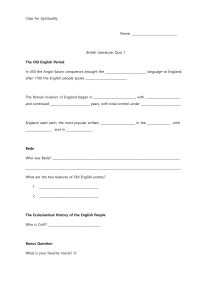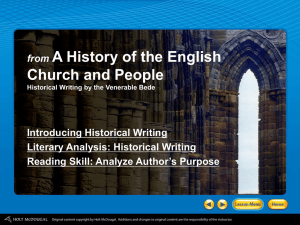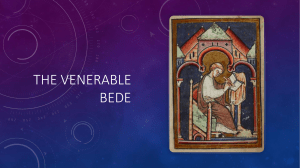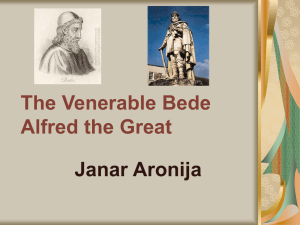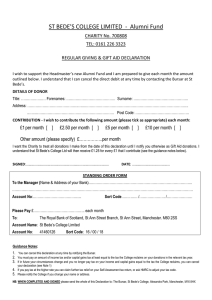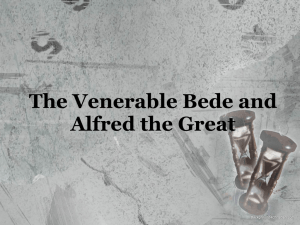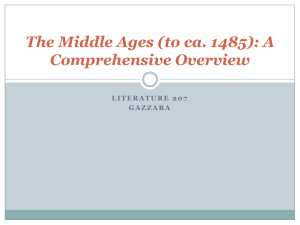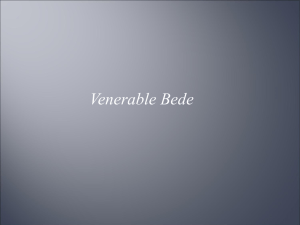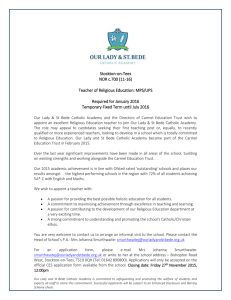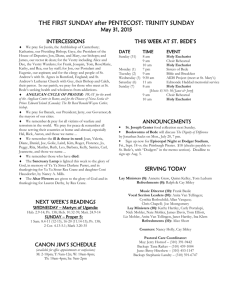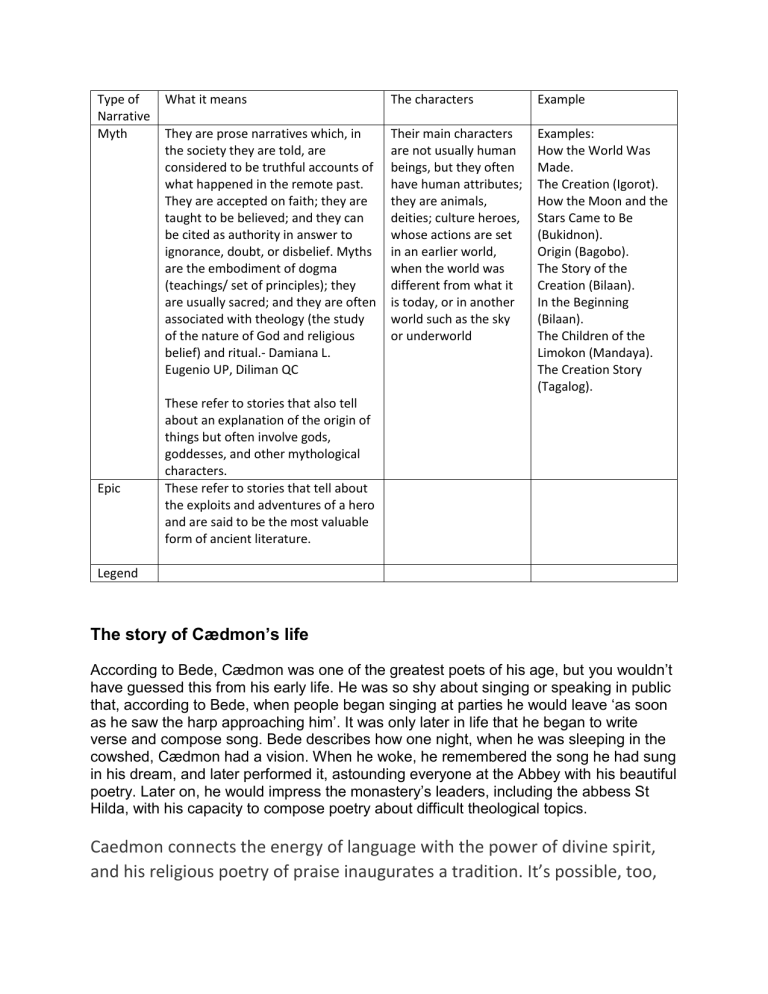
Type of Narrative Myth Epic What it means The characters Example They are prose narratives which, in the society they are told, are considered to be truthful accounts of what happened in the remote past. They are accepted on faith; they are taught to be believed; and they can be cited as authority in answer to ignorance, doubt, or disbelief. Myths are the embodiment of dogma (teachings/ set of principles); they are usually sacred; and they are often associated with theology (the study of the nature of God and religious belief) and ritual.- Damiana L. Eugenio UP, Diliman QC Their main characters are not usually human beings, but they often have human attributes; they are animals, deities; culture heroes, whose actions are set in an earlier world, when the world was different from what it is today, or in another world such as the sky or underworld Examples: How the World Was Made. The Creation (Igorot). How the Moon and the Stars Came to Be (Bukidnon). Origin (Bagobo). The Story of the Creation (Bilaan). In the Beginning (Bilaan). The Children of the Limokon (Mandaya). The Creation Story (Tagalog). These refer to stories that also tell about an explanation of the origin of things but often involve gods, goddesses, and other mythological characters. These refer to stories that tell about the exploits and adventures of a hero and are said to be the most valuable form of ancient literature. Legend The story of Cædmon’s life According to Bede, Cædmon was one of the greatest poets of his age, but you wouldn’t have guessed this from his early life. He was so shy about singing or speaking in public that, according to Bede, when people began singing at parties he would leave ‘as soon as he saw the harp approaching him’. It was only later in life that he began to write verse and compose song. Bede describes how one night, when he was sleeping in the cowshed, Cædmon had a vision. When he woke, he remembered the song he had sung in his dream, and later performed it, astounding everyone at the Abbey with his beautiful poetry. Later on, he would impress the monastery’s leaders, including the abbess St Hilda, with his capacity to compose poetry about difficult theological topics. Caedmon connects the energy of language with the power of divine spirit, and his religious poetry of praise inaugurates a tradition. It’s possible, too, that Bede was promoting that tradition via Caedmon. This way of connecting language to the divine looks backward to Genesis 1 and forward to Thomas Traherne, Henry Vaughan, and Christopher Smart, who sings of the transcendent virtue of praise itself.
